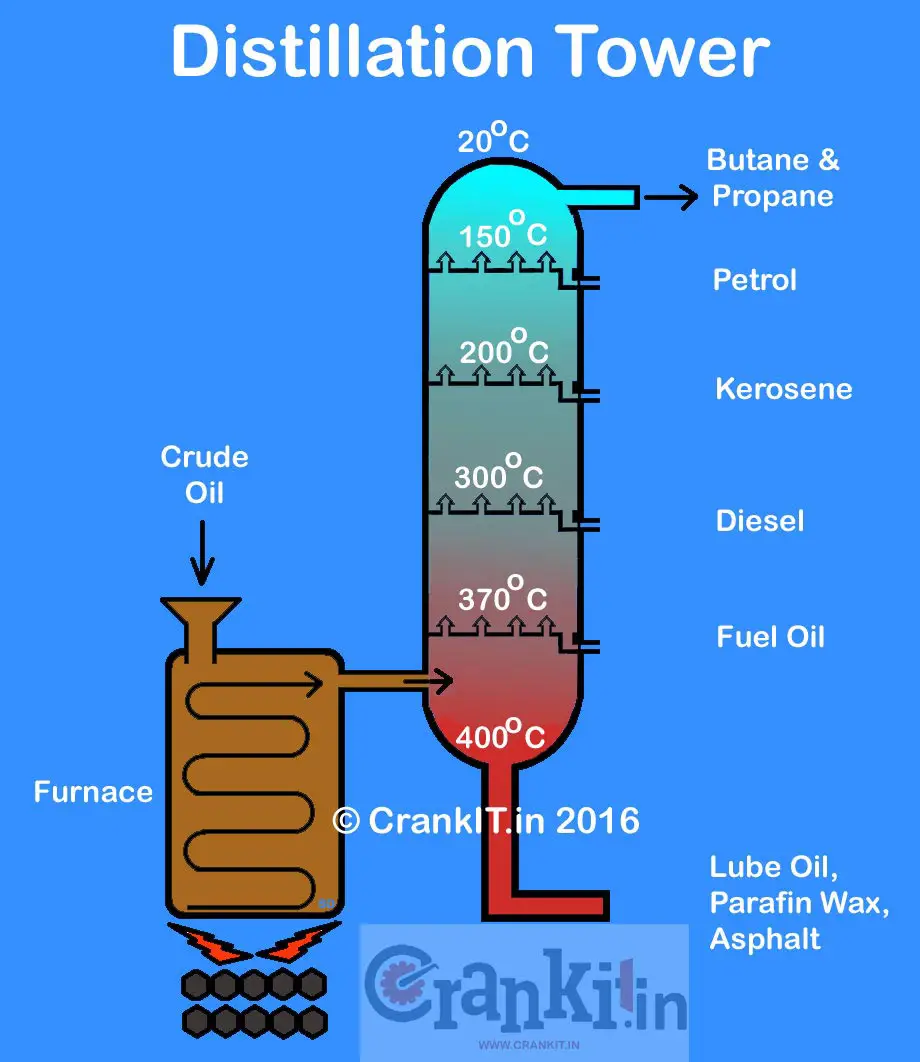What is Petroleum/Petrol?
It is the combination of the Greek words ‘Petra’ for rocks and ‘Elaion’ for oil. The 10th-century old English sources first used the term ‘Petraoleum.’ Then later became ‘Petroleum’ and then simply ‘Petrol.’
In the USA, manufacturers term it the ‘Gasoline.’ However, the consumers locally also call it the ‘Gas,’ which is the short form of the ‘Gasoline.’ In some South American & African countries, people also use the term “Nafta” to describe the Petroleum products.”
How do the manufacturers extract the Petrol fuel?
Crude Petroleum undergoes the processes of fractional distillation. This process extracts various petroleum products such as the light distillates (LPG, gasoline, naphtha), middle distillates (kerosene, diesel), heavy distillates, and residuum (heavy fuel oil, lubricating oils, wax, asphalt), etc. Then, the manufacturers extract them according to their respective boiling temperatures.

Characteristics of the Petrol Fuel:
Petroleum or Petrol is easier & lighter to burn. However, Diesel is difficult & heavier to burn cleanly. It is the fundamental difference between the two technologies. Thus, making their respective engines technically different from each other. For example, petrol engines use ‘Spark Ignition‘ whereas Diesel engines use ‘Compression Ignition‘ technology.
Shell, BP, CNPC, ExxonMobil, Chevron, and Gazprom are some of the world’s biggest oil, and gas manufacturing companies. Some of these have annual revenue of US$ 100 billion.
